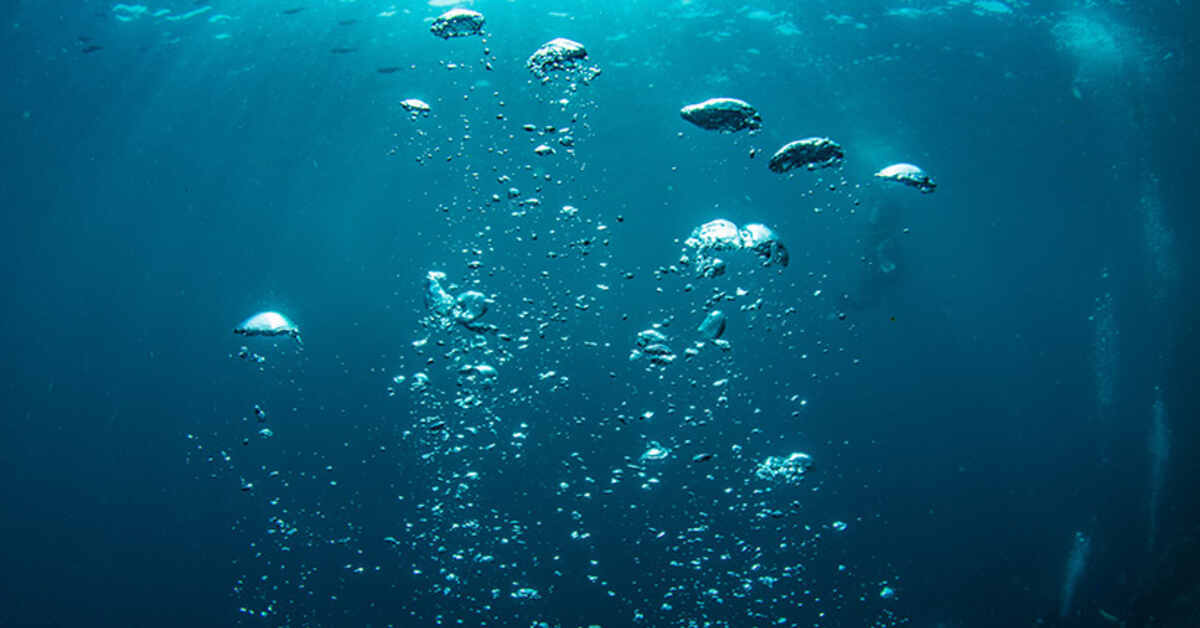The climate change threat beneath the waves: How methane release is accelerating

Climate change could trigger the release of vast amounts of methane into the Earth's atmosphere, according to a new study. An international team of researchers led by Newcastle University found that frozen methane, also known as "fire-ice" and trapped as a solid substance under the world's oceans, could be vulnerable to melting due to climate change.
As frozen methane and ice melts, the potent greenhouse gas, methane, is released and moves from the deepest parts of the continental slope to the edge of the underwater shelf. Methane hydrate, also known as fire-ice, is found buried on the ocean floor and thaws when the oceans warm, releasing methane into oceans and the atmosphere - known as dissociated methane - contributing to global warming.
The scientists used advanced three-dimensional seismic imaging techniques to examine the portion of the hydrate that dissociated during climatic warming off the coast of Mauritania in Northwest Africa. They identified a specific case where the migrated methane was released through a field of underwater depressions, known as pockmarks, during past warm periods, suggesting that much more methane could potentially be vulnerable and released into the atmosphere as a result of climate warming.
Lead author, Professor Richard Davies, Pro-Vice-Chancellor, Global, and Sustainability, Newcastle University, said they stumbled over 23 pockmarks during the Covid lockdown discovery. Their work shows they formed because methane released from hydrate, from the deepest parts of the continental slope vented into the ocean. Scientists had previously thought this hydrate was not vulnerable to climatic warming, but they have shown that some of it is.
Researchers have previously studied how changes in bottom water temperature near continental margins can affect the release of methane from hydrates. However, these studies mainly focused on areas where only a small portion of global methane hydrates are located. This is one of only a small number that investigate the release of methane from the base of the hydrate stability zone, which is deeper underwater. The results show that methane released from the hydrate stability zone traveled a significant distance towards land.
Methane is the second most abundant anthropogenic greenhouse gas after carbon dioxide (CO2), and methane accounts for about 16% of global greenhouse gas emissions. The study results can play a key role in helping to predict and address the impact of methane on our changing climate.
The team plans to continue searching for evidence of methane vents along the margin and try to predict where massive methane seeps are likely to occur as our planet continues to warm. The researchers are now planning a scientific cruise to drill into the pockmarks and see if they can more closely tie them to past climatic warming events.
This new research highlights the urgent need for greater focus on our planet's ocean health and the pressing need to reduce greenhouse gas emissions to slow down climate change.


 How to resolve AdBlock issue?
How to resolve AdBlock issue?